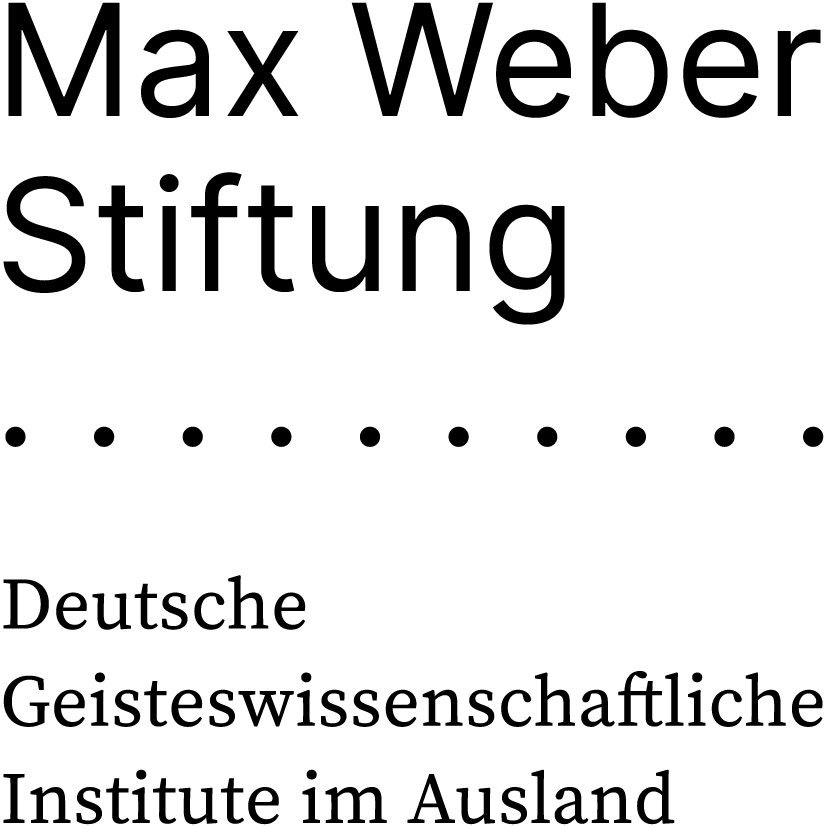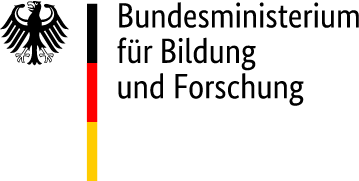This volume makes a core text of Middle Yiddish literature available to a German-reading audience for the first time in a serviceable translation and with ample collateral material. The narrative is typical for transitional texts that hark back to the broad field of often hackneyed, post-courtly romances of the later medieval period, while also gesturing toward the newer literary conceptions of Renaissance long-narrative forms that were developing in Italy, where the renowned scholar, Elia Levita, composed the text in 1507, less than a decade before Ariosto published Orlando Furioso.
The Yiddish text’s proximate source is almost certainly Tuscan, although the long-standing notion that its direct source was Guidone Palladino’s Buovo d’Antona (Bologna 1497), facilely echoed by a succession of scholars since the middle of the last century (also by Kragl), ought finally to be abandoned, for the simple reason that, while the two texts tell a similar tale peopled by similar characters, there is at no point any correspondence between them that one could legitimately identify as translation or even distant paraphrase. Levita may well have known Palladino’s narrative, but to identify it as a translation is akin to claiming Wolfram’s masterpiece Parzival as a translation of Chrétien’s fragmentary Perceval.
For his own translation, Kragl rejects the ottava rima and metrical structure of the original (as too reminiscent of children’s books, 283), all German verse forms, and indeed even prose, in the end preserving no more than a division of the text into eight-line segments corresponding to the stanzas of the original, the final two lines of which he inconsistently rhymes, which he strangely calls »eine halb-poetische« form (281), although in truth it seems no more than a slightly stilted prose, which is, however, not inappropriate for Levita’s epigonic narrative that never aspires to great intellectual or spiritual heights but remains in general rather a plodding tale told in a poetic style that depends far too often on fill-words and -phrases that are repetitious enough to be tedious. Kragl’s aspiration to find the text’s Geist (282) frequently misleads him into ironing out the stylistic irregularities and quasi-Rabelaisian vulgarities of the original.
The volume participates in the long tradition of academic Germanist attention to Yiddish-language culture. A single example may illustrate the salient principles. On the first page of the translation, one encounters the following justification by Levita for publishing this book for his readers: »[...] damit sie sich daran erfreuen und an schabosim und an jomim toivim darin lesen können«. Kragl thus follows the fetishization of Yiddish, typical of Germanist publications, in that the Germanic-component vocabulary of Yiddish is construed as transparent and thus simply translated into German, while the Semitic-component must be multiply highlighted as intrusively foreign, requiring those words first to be preserved in the German text and only then provided with explanatory footnotes. Germanistic has conventionally imagined Yiddish as a German dialect corrupted by intrusive Semitic vocabulary, thus ignoring the linguistic fact that Yiddish is by definition a fusion language, combining Germanic, Semitic, Romance (and in the modern period Slavic) components – morphological, lexical, and syntactic – into its seamless whole. Kragl attempts to justify his treatment of Yiddish’s Semitic component as an alien intrusion by claiming that most Jews of the period knew no Hebrew and thus could not comprehend Levita’s Semitic vocabulary (287), a claim that collapses on its own when one notes that here, for example, it is a matter of the Yiddish words for »sabbaths« and for »(Jewish) holidays«, which would obviously have been known to Yiddish speakers, as were the hundreds of other idiomatic Semitic-component words of Yiddish, as witnessed on practically every page of hundreds of Yiddish texts of the period. Bizarrely, in his drive to fetishize the Semitic component, Kragl even considers translating the Hebrew words into English or Latin and printing them as such in his German text (288).
The translator’s disciplinary limitations are here further illustrated in the cluster of errors in his treatment of Levita’s straightforward term שבתותֿ (shaboses) »sabbaths«, which Kragl misrepresents as schabosim, tacitly altering the author’s text, essentially translating Levita’s sixteenth-century-West Yiddish to its modern East Yiddish equivalent. The inevitable footnote provides not the straightforward German translation Sabbate »sabbaths« but rather »Sabbath (hier Plural)«, thus mistranslating the word as singular and only then identifying it as plural (while also misspelling the German word). The Germanist stands on his head to make ordinary Yiddish a matter of esoteric expertise, while mangling the simplest details.
The long-standing prejudices in Germanistic scholarly tradition are long overdue for reconceptualization and change. And indeed, there are some positive signs of change here, for while Kragl’s transcription of the Semitic component of Levita’s sixteenth-century-West Yiddish into the pronunciation of twentieth-century-East Yiddish is unintentionally comic, at least it is not the blatant propaganda of that other widespread editorial transcription mode (into modern Israeli Hebrew). Moreover, in his commentary, Kragl provides ample citation of the original Hebrew-alphabet text (although unfortunately accompanied by the Trier school’s bizarrely appropriative Germanizing transcription).
In most respects, Bovo is no more than a low-brow, post-chivalric adventure narrative typical of its time and place, whose only legitimate claim on a modern reader’s attention is that such a text is, rather shockingly, composed in Yiddish. Yet precisely in that literary and cultural context, it is unique and deserves attention. In form and presentation, Kragl’s volume targets a lay audience or at most an audience of non-specialist scholars, for there is no scholarly apparatus or scholarly analysis, as such, although there is ample back matter, including the inevitable plot summary, bio-bibliographical data, along with general comments on literary history, verse form, narrative conception, and characterization. In the end, considering that this is still one of the few early Yiddish texts ever translated into German, it will likely serve the needs of its intended audience.
Zitationsempfehlung/Pour citer cet article:
Jerold Frakes, Rezension von/compte rendu de: Florian Kragl, Elia Levita Bachur. Bovo d’Antona, Stuttgart (Hiersemann) 2023, 311 S, ISBN 978-3-7772-2323-0, EUR 38,00., in: Francia-Recensio 2025/2, Mittelalter – Moyen Âge (500–1500), DOI: https://doi.org/10.11588/frrec.2025.2.111101








